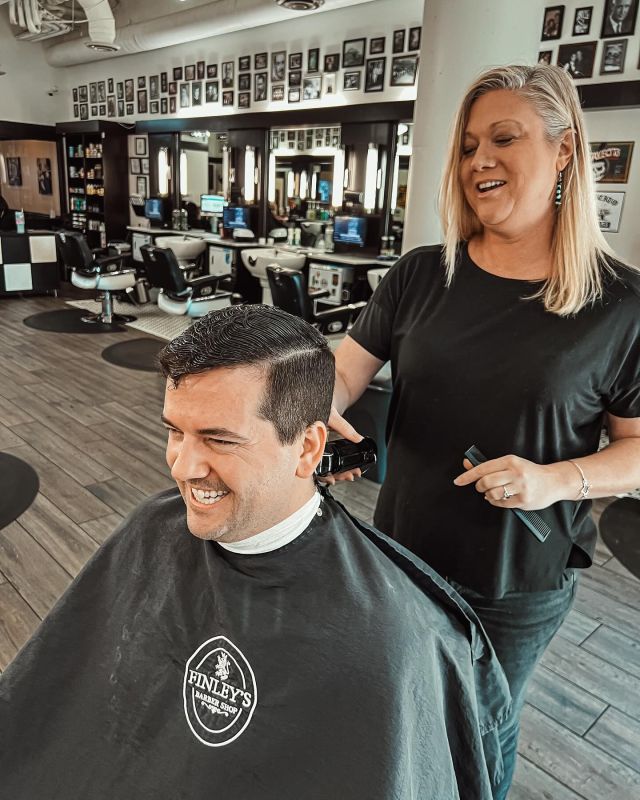When visiting a hair professional, being able to accurately describe your desired hairstyle is essential for reaching the desired appearance. A well-defined description enables the stylist understand your vision and reduces the chances of miscommunication. To make sure that you get the haircut you want, it is important to get ready in advance and think about several key factors when expressing your preferences. These factors comprise hair length, consistency, style, and any specific elements that you would like to incorporate.
First, consider the length of your hair. Haircuts can range from very short styles like pixies to long layers that fall below the shoulders. It is helpful to specify whether you want a trim, a significant cut, or a complete transformation. Using precise terms such as "shoulder-length" or "mid-back" can provide clarity. Additionally, discussing the possibility of bangs or layers helps the stylist visualize your request more accurately. Being clear about how much length you wish to maintain or remove will significantly influence the outcome of your haircut.
Next, hair consistency serves a crucial function in determining how a style will look. Different textures—such as straight, rippled, curly, or kinky—respond uniquely to specific cuts. When describing your preferred haircut, it is essential to note your hair's inherent texture and whether you intend to use any hair tools or products. For example, if you have dense hair, you may want to request for thinning techniques to minimize bulkiness. Alternatively, if your tresses is fine, you might opt for layers that add fullness. This information allows the stylist to tailor the cut based on how your strands behaves.

In addition to hair length and texture, discussing the overall look you want can offer guidance for the hair professional. There are a variety of hairstyles to select, including classic styles like blunt cuts and modern options like angled cuts. It is beneficial to provide examples of looks that appeal to you—these could be photos from print media or social media platforms. Pointing out specific features such as soft edges, sharp lines, or stacked layering can help expressing your vision more clearly. This ensures that both you and your hair expert are on the same page regarding desired outcome.
Finally, don't forget to include any unique features that might elevate your haircut. This men's hairstyling experts could involve aspects such as facial structure or personal style preferences that affect the overall appearance. For instance, those with round faces might prefer soft angles to lengthen their appearance, while clients with square faces may choose softer layers to diminish their jawline. In addition, discussing shade preferences can also be part of this conversation; noting if you want highlights or a single shade can further define your desired result.
In conclusion, successfully communicating your desired style involves thoughtful evaluation of several key elements: hair length, texture, look, and unique features. By planning in ahead of time and being specific about these aspects, clients can significantly enhance their experience at the studio and look at this website increase the likelihood of leaving with a result they are happy with. A productive discussion with a hair professional is founded upon open dialogue and mutual understanding. This collaborative approach ensures that both client and stylist work together towards achieving the perfect look.